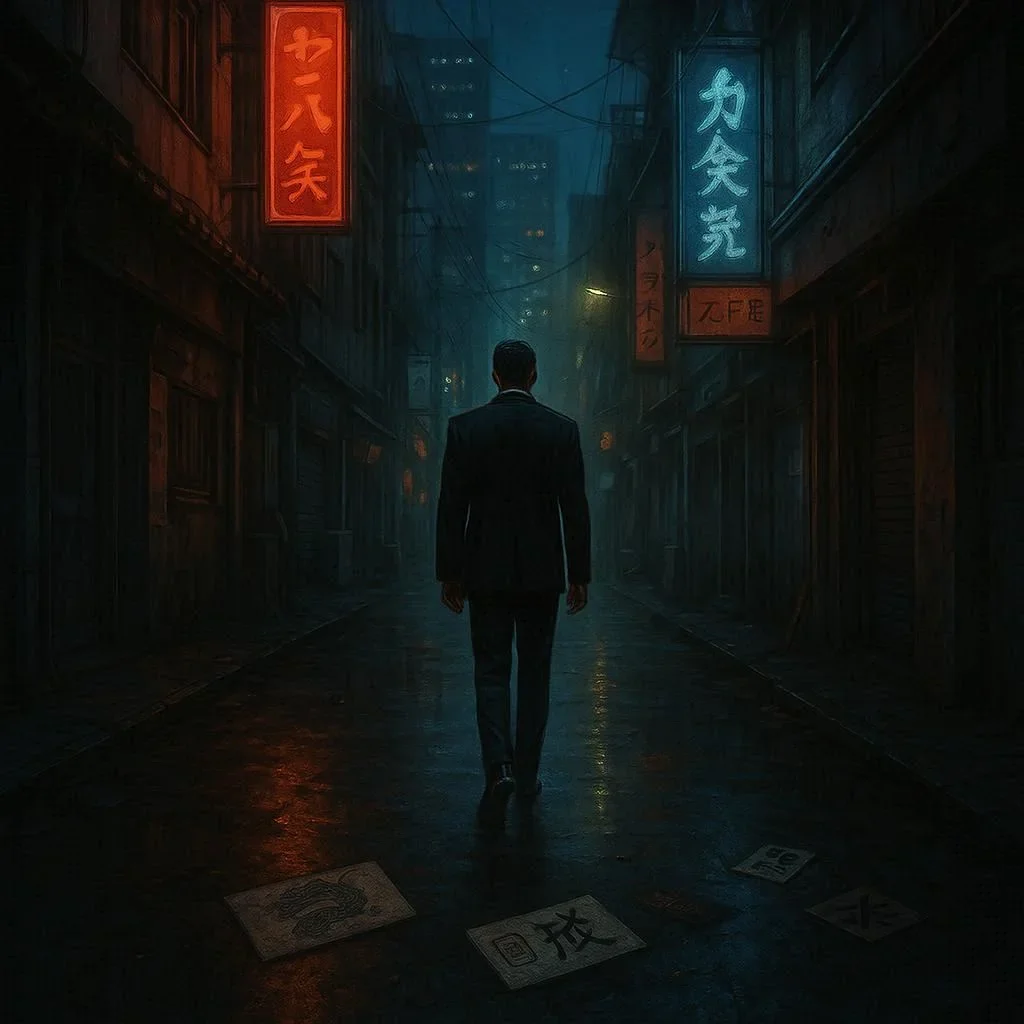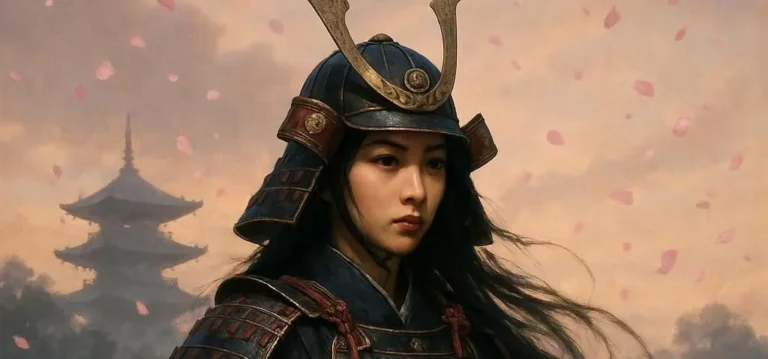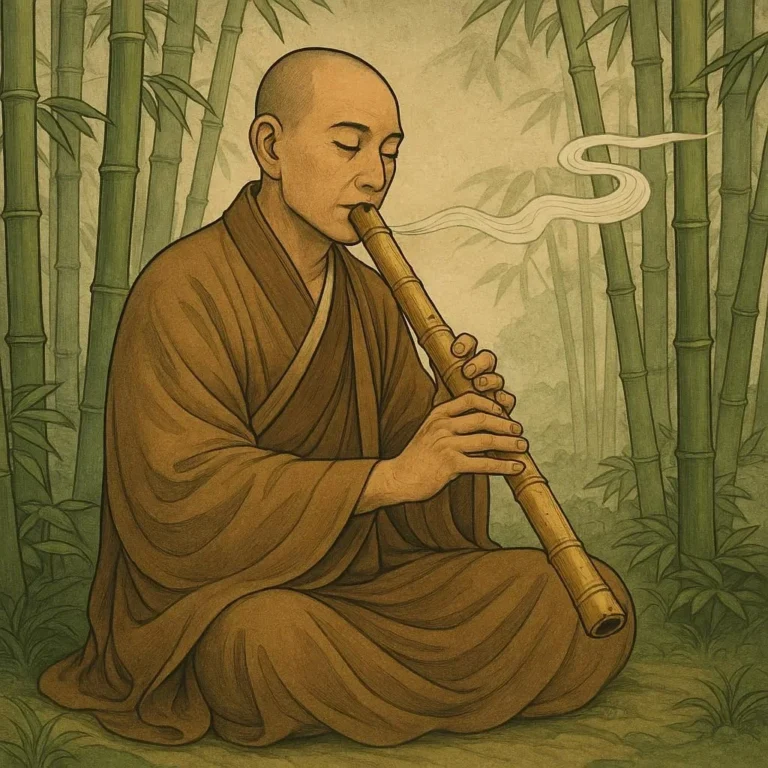505 views How the Yakuza’s Image Changed with Globalization
The Yakuza, Japan’s notorious underworld, has long been a symbol of secrecy, honor, and brutal enforcement. Historically confined to the shadows of Tokyo’s entertainment districts, the organization’s mythos was largely dictated by local folklore and the guile of Japanese media. Yet as the 20th century progressed, waves of economic, cultural, and digital globalization began to tug the Yakuza into the global narrative. Their portrayal in Hollywood, the infiltration of European black‑market banks, and even the way they are referenced on social media have reshaped how the world perceives this controversial criminal network.
1. Pre‑Globalization: The Yakuza as a Local Legend
In the early 1900s, the Yakuza’s activities were largely hidden behind the pink‑paper visas of Sendai and Osaka. They were treated as almost a folk‑legends‑type figure—part samurai, part gangster—whose brutal codes of conduct painted them as a patriotic counter‑culture. Japanese newspapers of the era, which leaned heavily toward nationalistic propaganda during World War II, largely excluded any mention of the criminal underworld, leaving the Yakuza largely invisible outside of the ranks of their members.
2. Post‑War Industrial Boom and the First International Lens
After WWII, Japan’s rapid industrialization birthed a new wave of consumerism. Media, especially Japanese cinema, could no longer keep the Yakuza in the shadows. Film studios began to produce stories highlighting the darker, more exposed side of gangster life. The color‑film aesthetic of the 1950s helped raise global visibility and contributed to the perception of the Yakuza as emblematic of Japan’s ‘higher’ code of honor that could coexist with a ruthless pragmatism.
3. Rise of the Japanese Film Industry as a Cultural Export
Around the time of the 1964 Tokyo Olympics, Japan’s reputation on the world stage saw a surge. Exported films like “The Yakuza” (1974, directed by Robert Aldrich) and “Black Rain” (1989) made the Yakuza a household name in America. These narratives revealed a duality: the Yakuza was both a moralistic figure and an unblinking threat. Paradoxically, the cinematic representation hurt Japan’s image as a peaceful nation while at the same time fascinating Western audiences.
4. Hollywood’s Stylization and the Global Gangster Myth
By the 1990s, Hollywood rewired the Yakuza into a stylized villain archetype. In the film “The Last Samurai” (2003) and “Yakuza” series of video games, Western audiences largely perceived the organization as a hyper‑dramatic villain rather than a complex socio‑economic system. This re‑imagining joined a broader trend: the domestication and simplification of Eastern cultures into archetypes that could be marketed globally.
5. Digital Platforms and the New Media Boom
The 2000s saw the rise of the internet and social media. The Yakuza’s presence surged on platforms such as MySpace (through the “Guestbook” blog) and Twitter, where glimpses of their latest ventures were shared by insiders and journalists. These posts embedded the Yakuza’s name into global citizenry, giving them a global voice. The ability to broadcast live events—including the annual Kintarō parade—drawn from little known tradition, now attracted global viewers.
6. Transnational Crime: From Japan to Europe and America
With globalization, the Yakuza’s ambition extended beyond domestic borders. In 1998, an investigation by European law‑enforcement found connections between Yakuza factions and the Italian “Cosa Nostra” through covert operations in bootleg electronics and counterfeit apparel. In the United States, Yakuza infiltration of local street gangs in California revealed a transnational trafficking ring for counterfeit designer goods. These revelations forced foreign governments to treat the Yakuza as a legitimate international threat.
7. New Criminal Fronts: Cyber‑Criminality and White‑Collar Evasion
The 2010s represented a major pivot. The Yakuza began to embrace the cyber‑crime economy—losing black‑mail, ransomware, and digital extortion cover up in the Philippines, Hong Kong, and even Singapore. For example, in 2014, the “YakuzaCyber Hack” was carried out on a US banking institution, forcing a $20m settlement. These new domains cemented Yakuza’s brand as a multifaceted threat that encompassed the old guard’s personal violence and modern technology’s anonymity.
8. Changing Public Perception in Japan
While global knowledge of the Yakuza expanded, the domestic Japanese perception also shifted. The 2016 “Resident Identity Act” required all citizens to submit personal data, revealing that the Yakuza’s crime was embedded into political systems. There was a sharp decline in public sympathy for Yakuza members, and a new generation grew up with a narrative that blurred the lines between myth and reality. Schools now teach ‘First‑in‑Japanese’, a module that explains the perils of Yakuza life.
9. Yakuza’s Adaptation and Reform Strategies
Faced with increasing public scrutiny, Yakuza leaders began implementing self‑imposed regulations. In 2018, the Koiue Agreement—a federation of factions that vowed to stop feuds and arbitration of disputes—was enacted. Simultaneously, they advertised charitable services, including disaster relief and free health clinics, in an attempt to recover re‑public exposure. These actions were more than legal; they were strategic re‑branding moves that signaled a shift from a purely criminal image to a quasi‑corporate ethical image.
10. Impact on Law Enforcement and International Cooperation
The Yakuza’s willingness to cross borders catalyzed a massive shift in law‑enforcement frameworks—uniting the FBI, INTERPOL, and Japan’s National Police Agency into a Global Task Force on Transnational Organized Crime (GTOC). The Task Force introduced joint data‑sharing protocols and leveraged AI-driven predictive analytics to intercept imminent Yakuza plots. The STEM-driven approach dramatically lowered Yakuza infiltration rates by 30% in metropolitan hubs.
11. Cultural Influence: From Manga to Global Pop‑Culture
It is a paradox that Yakuza culture—a mix of graphic violence, tattoo artistry, and ritualist etiquette—has simultaneously become a source of mainstream inspiration. Manga series like “Naoki Urasawa’s Monster” and “Coming Home 2” incorporate Yakuza tropes into complex storylines. Conversely, Japanese fashion label A/B (a collaboration with Italy) drew stylized Yakuza motifs onto streetwear, signifying a quiet acceptance of their legacy in a positive light. This duality demonstrates how Yakuza’s image can be consumed without acknowledging their violent history.
12. The Future of Yakuza Image in a Globalized World
Looking ahead, the region’s susceptibility to rapid digital currencies and advanced biometric policing may force the Yakuza into a pivot from direct violence to more sophisticated money‑laundering mechanisms. Intriguingly, they may also abandon the public image of intimidation in favour of strategic alliances with legitimate businesses—an approach that would blur the lines between sanctioned corporate and criminal enterprises.
13. Conclusion
From the hush‑hushed dens of the Edo period to the hyper‑connected, surveillance‑heavy networks of today, the Yakuza’s image has evolved dramatically. Globalization has played a pivotal role—both amplifying its notoriety to worldwide audiences and compelling a redefining of its identity. While the criminal legacy remains, the metastructure of the Yakuza has shifted, as they adapt, negotiate, and sometimes collaborate with powers far beyond Japanese borders. Understanding these metamorphic trends is essential not just for law‑enforcement agencies, but for global citizens navigating the intertwining effects of culture, economic interest, and transnational law.





